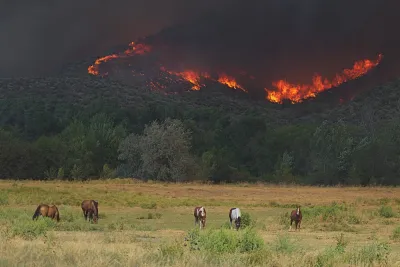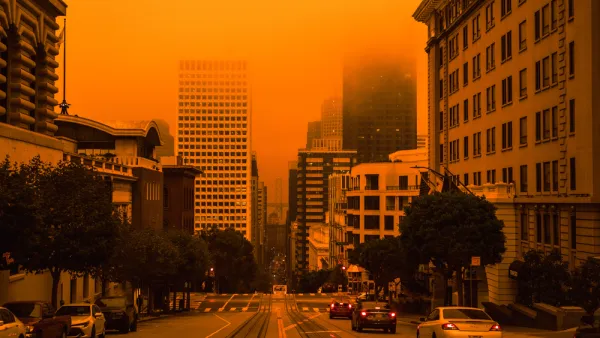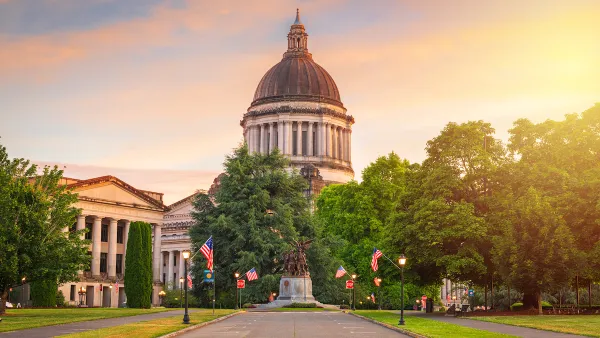Wildfires are consuming forests designated for carbon storage to fight climate change, highlighting the fragility of these carbon offset schemes.

Forests "that are part of carbon-offset projects meant to counterbalance the carbon dioxide pollution being pumped into the atmosphere by human activity" are burning up in the fires consuming the American West, reports Winston Choi-Schagrin. "An estimated 153,000 acres of forests that are part of California’s carbon-offset project have burned so far this summer, according to CarbonPlan, a nonprofit climate-research organization." In Oregon, the Bootleg Fire has claimed nearly 100,000 acres of the Klamath East conservation project.
"California’s carbon offset program works by paying landowners if they commit to managing their land for 100 years in ways that will store more carbon than they would have otherwise. Companies that want to offset their own emissions of greenhouse gases can then buy credits that represent the additional carbon being stored in forests like these."
But "experts say the wildfires have highlighted one of the main weaknesses in the program: the small size of the so-called buffer pool." With the buffer pool, "carbon-offset projects also protect a small percentage of extra land so that if disaster strikes one project, that extra pool of land — with contributions from many different projects — can make up for losses. But too many fires mean that the insurance policy might not be enough." The loss, says Barbara Haya, director of the Berkeley Carbon Trading Program at the University of California, Berkeley, will only increase with climate change.
FULL STORY: Wildfires are ravaging forests set aside to soak up greenhouse gases.

National Parks Layoffs Will Cause Communities to Lose Billions
Thousands of essential park workers were laid off this week, just before the busy spring break season.

Retro-silient?: America’s First “Eco-burb,” The Woodlands Turns 50
A master-planned community north of Houston offers lessons on green infrastructure and resilient design, but falls short of its founder’s lofty affordability and walkability goals.

Delivering for America Plan Will Downgrade Mail Service in at Least 49.5 Percent of Zip Codes
Republican and Democrat lawmakers criticize the plan for its disproportionate negative impact on rural communities.

Test News Post 1
This is a summary

Test News Headline 46
Test for the image on the front page.

Balancing Bombs and Butterflies: How the National Guard Protects a Rare Species
The National Guard at Fort Indiantown Gap uses GIS technology and land management strategies to balance military training with conservation efforts, ensuring the survival of the rare eastern regal fritillary butterfly.
Urban Design for Planners 1: Software Tools
This six-course series explores essential urban design concepts using open source software and equips planners with the tools they need to participate fully in the urban design process.
Planning for Universal Design
Learn the tools for implementing Universal Design in planning regulations.
EMC Planning Group, Inc.
Planetizen
Planetizen
Mpact (formerly Rail~Volution)
Great Falls Development Authority, Inc.
HUDs Office of Policy Development and Research
NYU Wagner Graduate School of Public Service





























